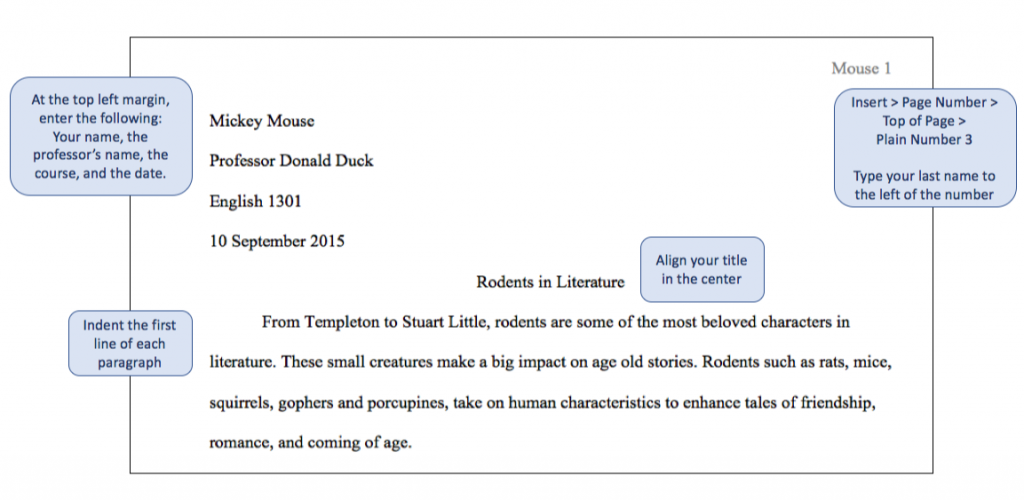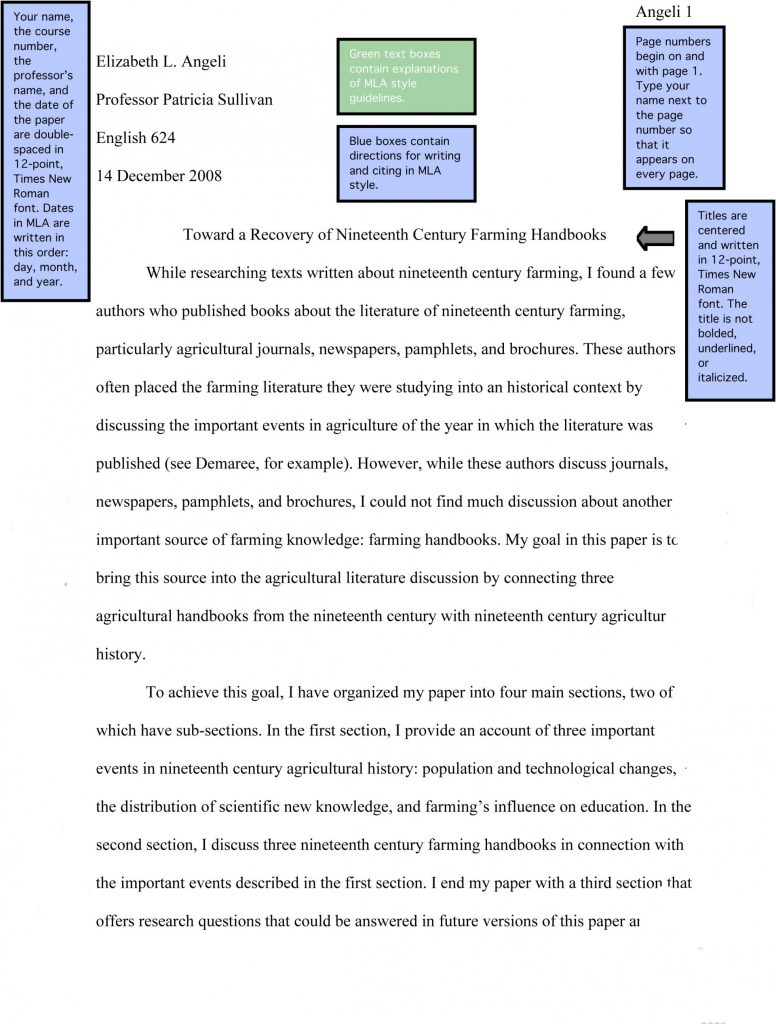Essay writing is a fundamental skill in academia, and mastering the nuances of formatting is crucial for achieving success in scholarly endeavors. One aspect that often perplexes students is the proper usage of headings, especially when adhering to specific formatting styles such as MLA (Modern Language Association) and APA (American Psychological Association). In this guide, we will delve into the intricacies of essay headings, exploring their importance, differences between MLA and APA formats, and providing clear examples to help you navigate these requirements with confidence.

Understanding Essay Headings:
Essay headings serve multiple purposes, aiding both writers and readers in organizing and navigating the content effectively. They provide a roadmap for the reader, signaling the structure and flow of the essay. Additionally, headings help writers maintain coherence and clarity in their arguments by segmenting the text into logical sections.
In academic writing, headings are particularly important for longer essays and research papers, where complex ideas and arguments need to be presented in a structured manner. They allow writers to break down their analysis into manageable chunks, making it easier for readers to follow the progression of ideas.
Differences in MLA and APA Formats:
While both MLA and APA formats serve the same purpose of organizing and formatting academic papers, they have distinct guidelines for essay headings. Understanding these differences is essential for adhering to the requirements of each style.
- MLA Format:
In MLA format, headings are used to organize the structure of the essay and indicate the hierarchy of information. Here are the key guidelines for formatting headings in MLA style:
- Heading levels: MLA style typically uses a straightforward system with only two levels of headings:
- Level 1: Centered, Boldface, Title Case Heading (e.g., Introduction)
- Level 2: Left-aligned, Boldface, Title Case Heading (e.g., Literature Review)
- Capitalization: All major words in the heading are capitalized, except for articles, conjunctions, and prepositions.
- Formatting: Headings are formatted using standard capitalization rules, without underlining, italicizing, or using quotation marks. Example:

- APA Format:
APA format provides a more detailed and structured approach to headings, offering up to five levels of hierarchy to accommodate complex research papers. Here’s how headings are formatted in APA style:
- Heading levels: APA style allows for up to five levels of headings, each with specific formatting guidelines:
- Level 1: Centered, Boldface, Title Case Heading
- Level 2: Left-aligned, Boldface, Title Case Heading
- Levels 3-5: Indented, Boldface, Title Case Heading, followed by a period and text beginning on the same line.
- Capitalization: In APA style, only the first word of the heading and any proper nouns are capitalized.
- Formatting: Headings are formatted consistently throughout the paper, with no underlining, italicizing, or quotation marks. Example:

Mastering essay headings is essential for creating well-organized and reader-friendly academic papers. Whether you’re following MLA or APA format, understanding the guidelines for formatting headings will help you structure your essays effectively and communicate your ideas with clarity. By adhering to the specific requirements of each style, you can ensure that your essays meet the standards of academic excellence expected in scholarly writing.
If adhering to formatting standards of MLA and APA are too stressful for you, don’t let it ruin your college experience. At Essay 24, we always deliver papers that are properly formatted based on the specifications of your professor. Buy your first paper today!